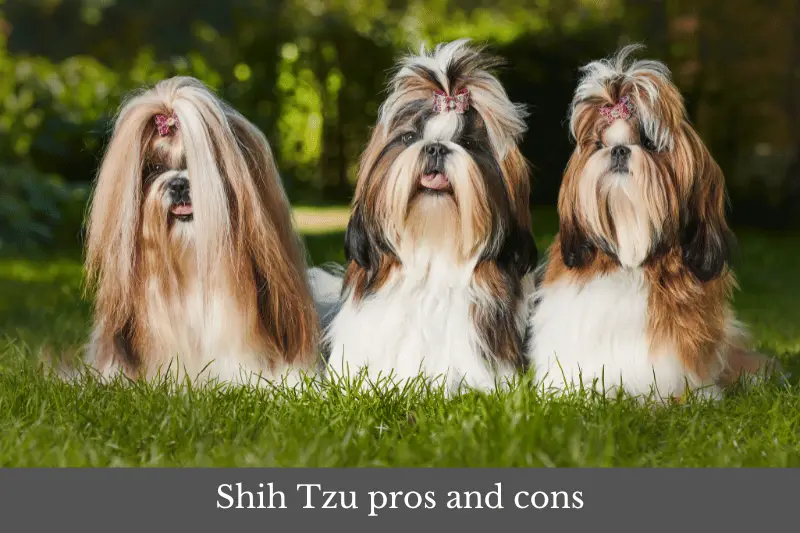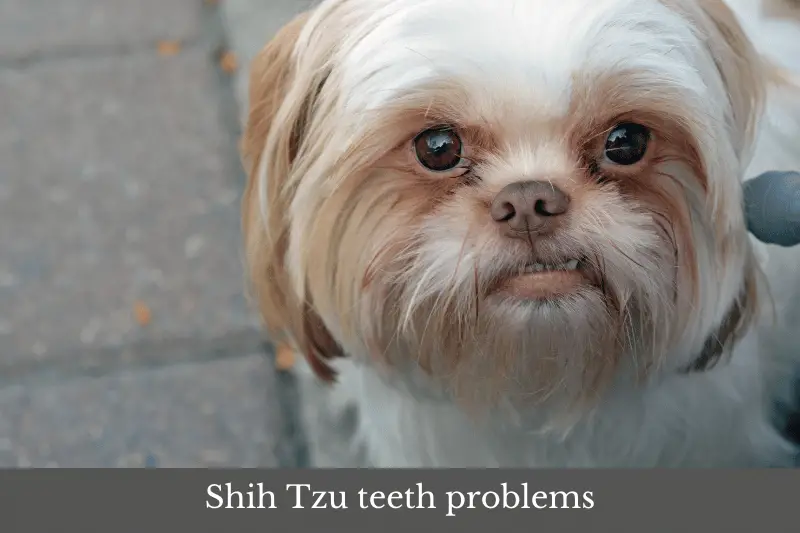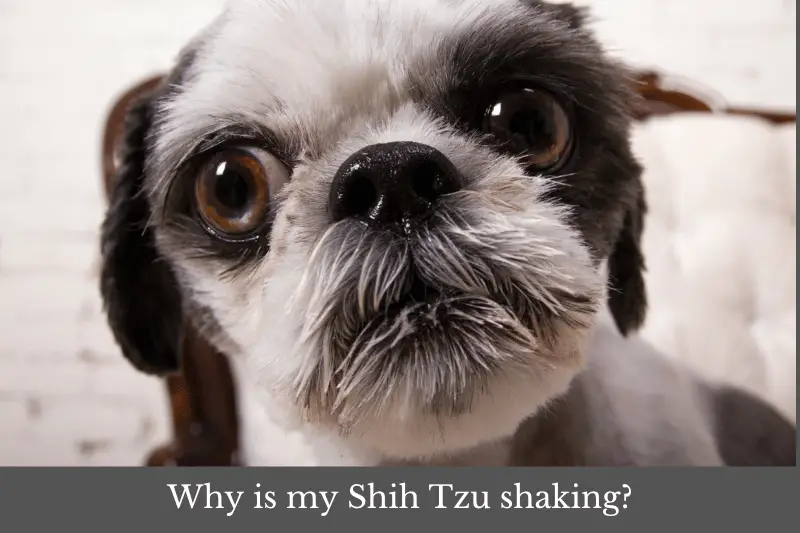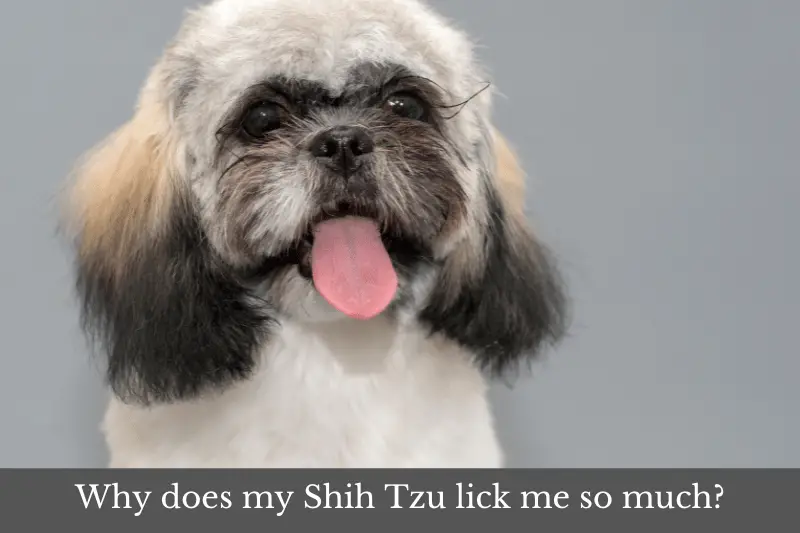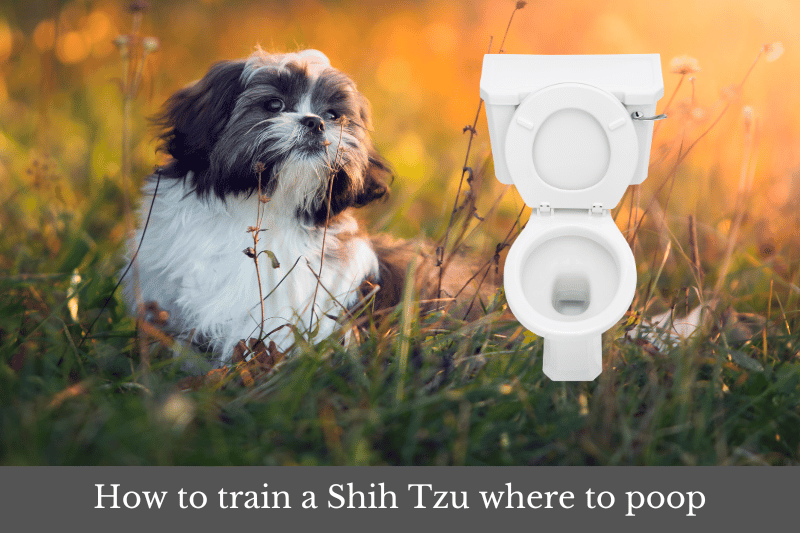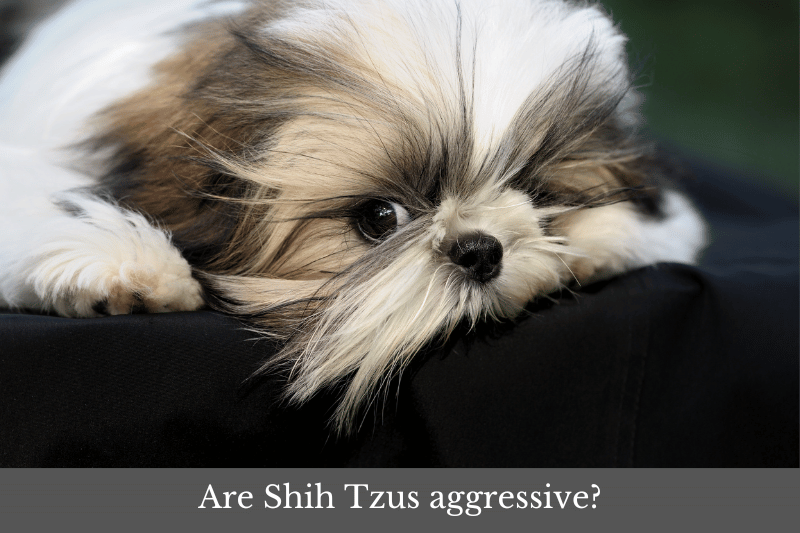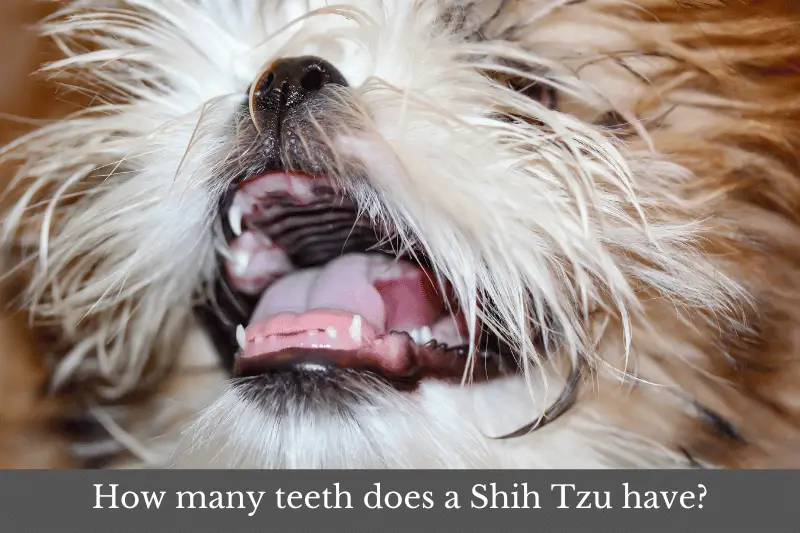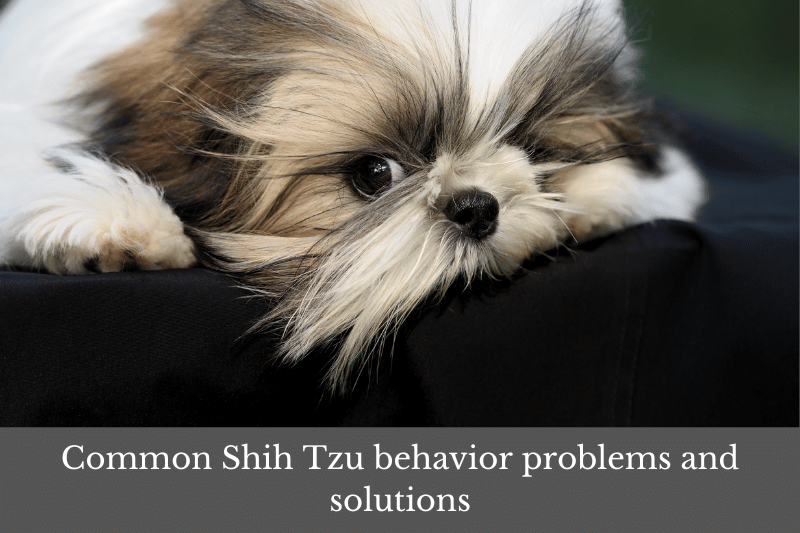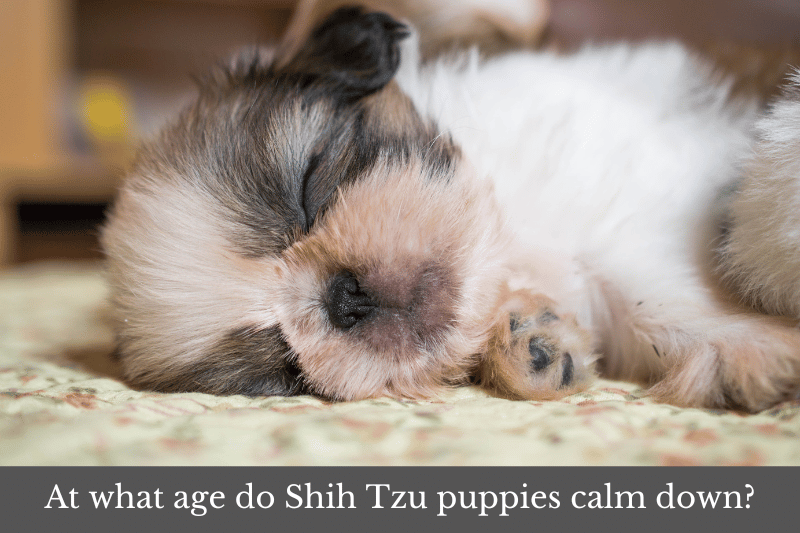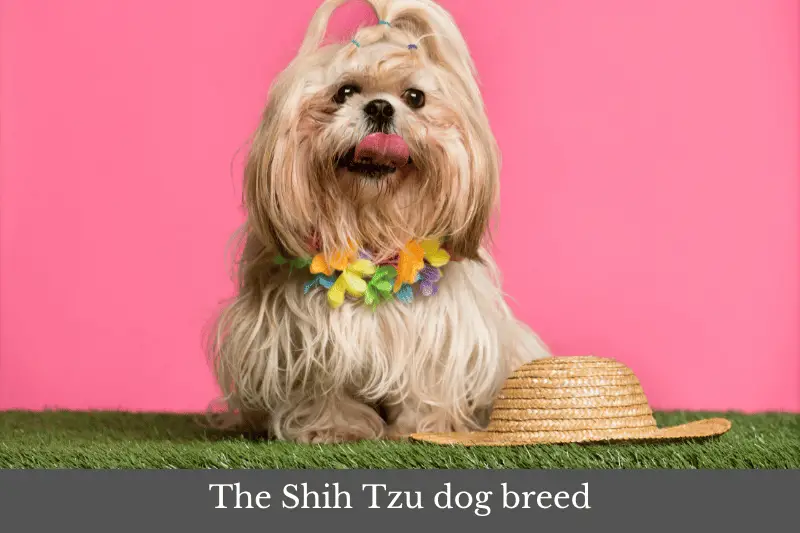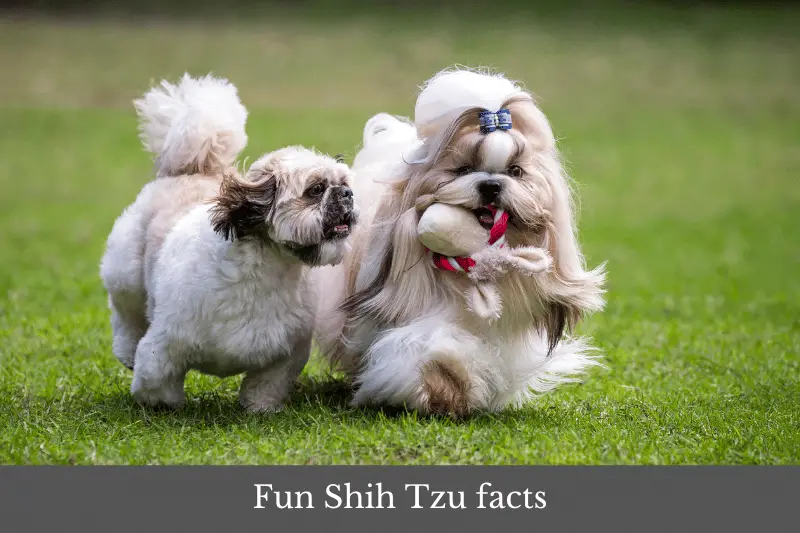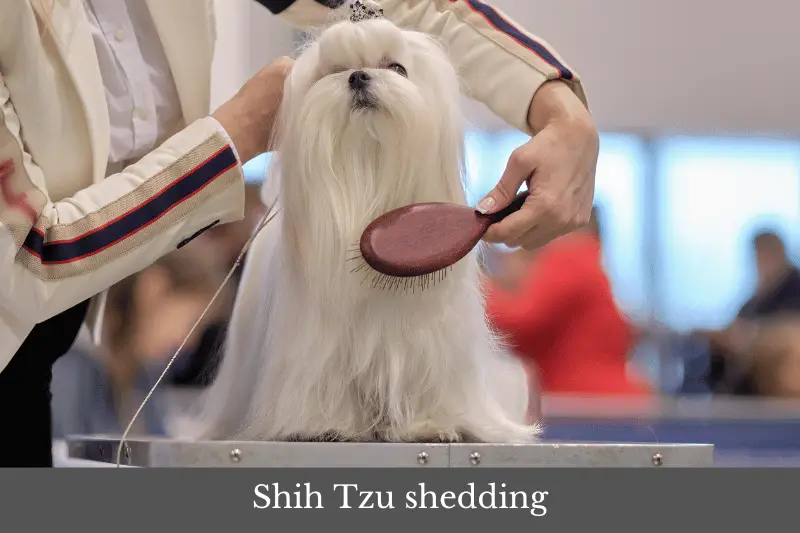Shih Tzus, a small toy breed of dog originating from Tibet, are known for their affectionate nature, beautiful coat, and distinctive appearance. One notable aspect of their appearance is their ears, which are characterized by a pendant shape and a long, flowing coat. Let’s take a look at the anatomy of Shih Tzu ears, their proper care, and common issues that may arise.
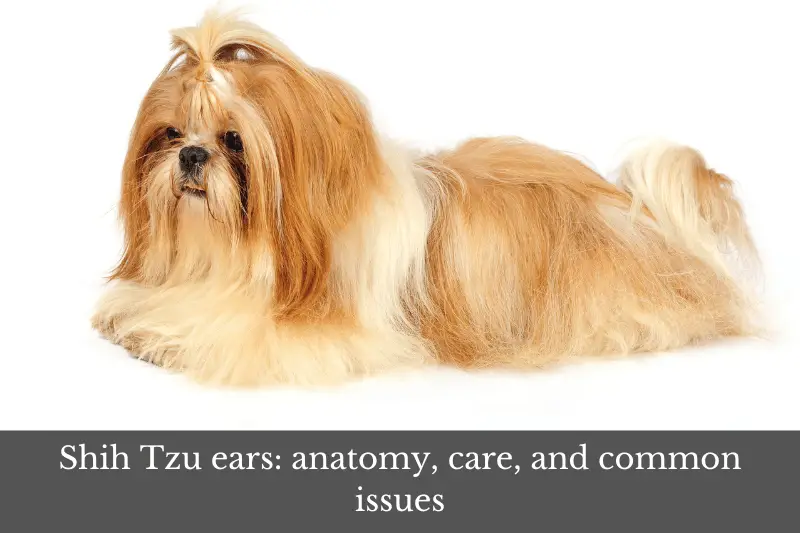
Anatomy of Shih Tzu ears
Shih Tzus have pendant-shaped ears, which means they hang down, rather than standing erect. These ears are covered in long, silky hair that often blends with the rest of their coat. The inner part of the ear is made up of a complex structure of cartilage, which is responsible for supporting the ear and housing the auditory organs. The outer portion of the ear is covered in skin and fur, which offers protection against debris and helps to regulate temperature.
Proper ear care for Shih Tzus
Regular ear care is essential for maintaining the health of a Shih Tzu’s ears. Here are some important steps to follow when caring for your Shih Tzu’s ears:
- Regular inspections: Inspect your Shih Tzu’s ears regularly to check for signs of redness, inflammation, or discharge, which may indicate an infection or other issue. Healthy ears should be light pink in color, and free of foul odors or excessive wax buildup.
- Cleaning: Clean your Shih Tzu’s ears using a dog-specific ear cleaner and cotton balls or gauze pads. Avoid using cotton swabs, as they can push debris deeper into the ear canal and potentially damage the ear. Apply a small amount of ear cleaner to the cotton ball or gauze pad and gently wipe the outer portion of the ear, taking care not to insert anything into the ear canal. Clean your Shih Tzu’s ears as needed or as recommended by your veterinarian.
- Hair maintenance: The long hair on a Shih Tzu’s ears can sometimes become matted or tangled, which can lead to discomfort and potential infection. Regular brushing and trimming of the hair around the ears can help prevent these issues. Some owners choose to tie the hair on top of their Shih Tzu’s head in a topknot to keep it away from the ears and eyes.
- Monitoring for ear mites: Ear mites are a common parasite that can cause irritation and infection in a dog’s ears. Regular inspections and cleaning can help prevent ear mite infestations, but if you notice excessive scratching, head shaking, or a black, coffee ground-like substance in your Shih Tzu’s ears, consult your veterinarian for appropriate treatment.
Common issues and solutions
Shih Tzus are prone to certain ear-related issues due to their pendant-shaped ears and long, flowing coat. Some common problems include:
- Ear infections: Shih Tzus are susceptible to ear infections, often caused by bacteria, yeast, or a combination of both. Ear infections can cause discomfort, inflammation, and foul-smelling discharge. If you suspect your Shih Tzu has an ear infection, consult your veterinarian for proper diagnosis and treatment.
- Allergies: Allergies can also cause ear issues in Shih Tzus, as they can lead to inflammation and increased production of ear wax. Allergens may include food, environmental factors, or even the dog’s own hair. If you suspect your Shih Tzu has allergies, consult your veterinarian to discuss potential triggers and treatments.
- Foreign bodies: Due to their pendant-shaped ears and long hair, Shih Tzus may be more prone to getting foreign bodies, such as grass seeds or burrs, lodged in their ears. These foreign bodies can cause irritation, inflammation, and even infection if not removed promptly. Regularly inspecting and cleaning your Shih Tzu’s ears can help prevent this issue. If you notice a foreign body in your dog’s ear, consult your veterinarian for proper removal.
- Hematomas: Excessive head shaking or scratching due to an ear issue can sometimes cause a blood vessel in the ear flap to rupture, leading to a hematoma. This condition presents as a swollen, fluid-filled pocket in the ear flap and can be painful for your dog. Hematomas require prompt veterinary attention, as they may need to be drained and treated to prevent further complications.
- Ear mites: As mentioned earlier, ear mites are a common parasite that can infest a dog’s ears, leading to irritation, inflammation, and infection. Regular ear care can help prevent ear mite infestations, but if you suspect your Shih Tzu has ear mites, consult your veterinarian for proper diagnosis and treatment.
Prevention and monitoring
Preventing ear issues in Shih Tzus begins with consistent and attentive ear care. Regular inspections, cleaning, and grooming can help to maintain the health of your dog’s ears and prevent many common problems. In addition to routine care, be sure to monitor your Shih Tzu for any signs of ear discomfort or irritation, such as head shaking, scratching, or excessive wax production.
If you notice any changes in your Shih Tzu’s ears or behavior, consult your veterinarian for a proper evaluation and treatment plan. Early intervention is key in addressing ear issues and preventing complications or chronic problems.
Summary
Shih Tzu ears are a distinctive feature of this beloved breed, but they also require proper care and attention to maintain their health. By understanding the anatomy of Shih Tzu ears, providing consistent care, and being vigilant about monitoring for common issues, owners can help to ensure their Shih Tzu’s ears remain healthy and problem-free. With regular maintenance and prompt attention to any concerns, Shih Tzus can continue to be the happy, affectionate companions that they are known to be.




